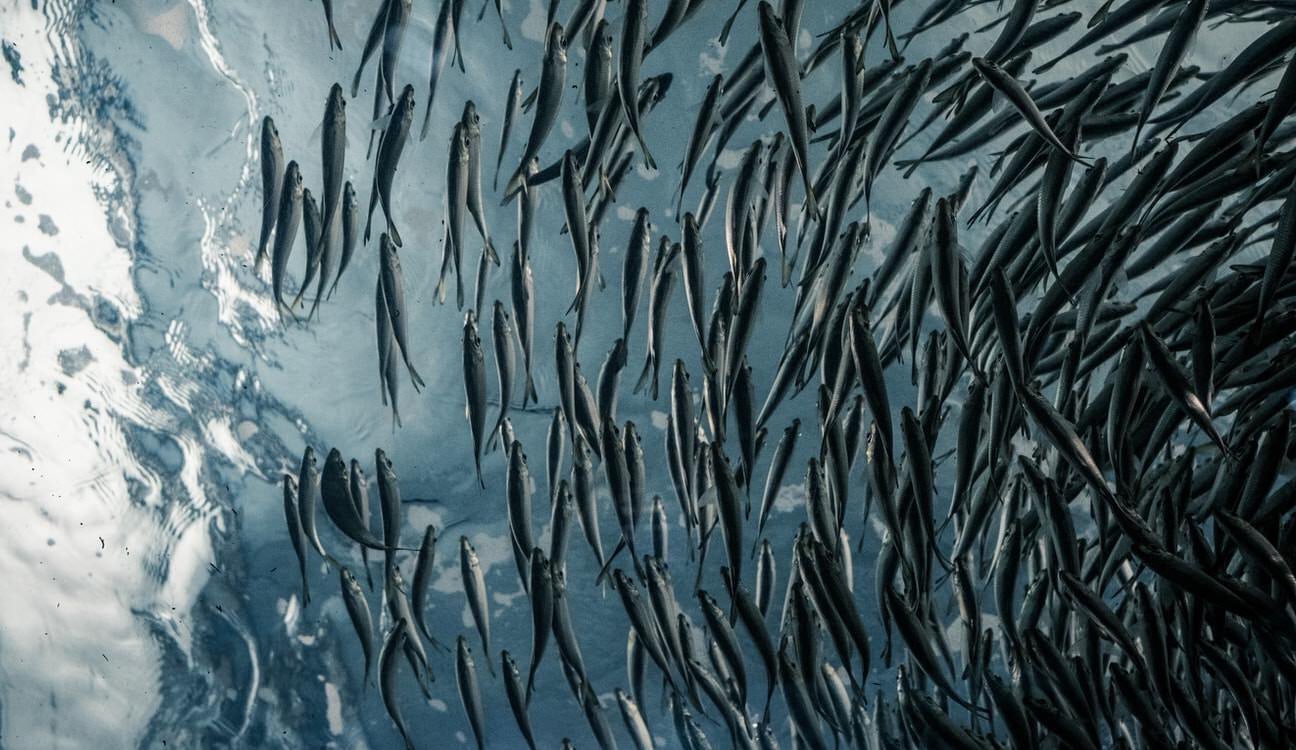
Spider Crab
Available all season round, spider crab usually migrate inshore in late spring and early summer. They are so abundant during this time that you can often see multiple spider crab in the shallows when snorkelling around Jersey’s coastline.
IN SEASON
All Year
CATCH METHOD
Pots
ABOUT THE FISH
Spider Crab
Male spider crab are usually the most targeted as they have much larger claws, resulting in a greater yield of meat. This preference for males also allows for more females to successfully breed and reproduce.
The body of a spider crab can grow up to 20cm in length, with their legs and claws contributing to a much larger leg span. The Japanese spider crab can grow up to 4m in diameter!
Spider crab are scavengers, predominantly eating on dead animals, small live animals and even seaweeds and algae – they really go for anything!
LOW-IMPACT CATCH METHODS
Potting and Tangle Nets
Nearly 75% of spider crabs landed in Jersey are caught in lobster and crab pots. The remainder are caught in tangle nets. Tangle nets are static forms of fishing gear which are considered to be the lowest impact fishing method. They have little impact on the seabed.
PREPARATION ADVICE
How to cook
You can buy freshly picked, local spider crab meat from most fish sellers in Jersey. Use our fresh fish map to find your local fishmonger!
RECIPIE IDEA
Crab meat linguine
Bring a large pan of salted water to the boil and add the linguine. Give it a good stir and boil for 1 min less than the pack says. Stir well occasionally so it doesn’t stick.
While the pasta cooks, gently heat some olive oil with the chilli and garlic in a pan large enough to hold all the pasta comfortably. Cook the chilli and garlic very gently until they start to sizzle, then turn up the heat and add the white wine. Simmer everything until the wine and olive oil come together. If using brown meat, then take off the heat and add the brown crabmeat, using a wooden spatula or spoon to mash it into the olive oil to make a thick sauce.
When the pasta has had its cooking time, taste a strand – it should have a very slight bite. When it’s ready, turn off the heat. Place the sauce on a very low heat and use a pair of kitchen tongs to lift the pasta from the water into the sauce.
Off the heat, add the white crabmeat and parsley to the pasta with a sprinkling of sea salt. Stir everything together really well, adding small amounts of pasta water if it’s starting to get claggy. Taste for seasoning and, if it needs a slight lift, add a small squeeze of lemon. Serve immediately twirled into pasta bowls and drizzled with the remaining oil.






